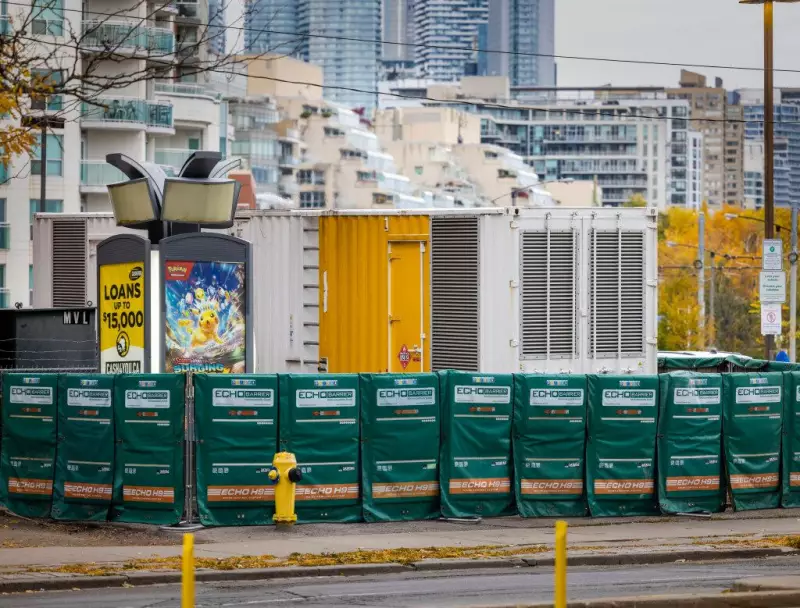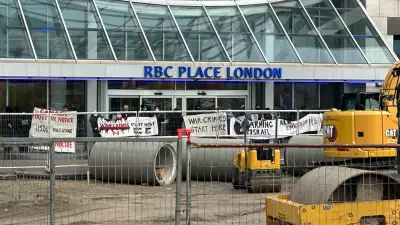
Since mid-October, residents living near a temporary shelter at Bathurst Street and Lake Shore Boulevard in Toronto have been dealing with an unexpected urban disturbance - the constant, low-frequency hum of a massive generator that has become the building's sole power source.
The Source of the Sound
The generator, described as the size of a transport truck's trailer, dominates a parking lot on Queens Quay near Little Norway Park. Toronto Hydro confirmed that power to the shelter at 545 Lake Shore Blvd. was disconnected in mid-October due to an issue with city-owned equipment that requires repairs. Officials hope to restore regular power as early as the start of the week of November 9, 2025.
Ingrid Buday of No More Noise Toronto described the generator's impact after cycling past the location. "I rode by there at 8 a.m. this morning, it was humming away," Buday told the Toronto Sun. "It's huge."
Why This Noise Is Different
Despite being in a busy urban area near Billy Bishop Airport, Buday explained that the generator produces a particularly intrusive type of noise. "Low-frequency noise, it goes through glass, it goes through concrete... it literally is like vibrations," she said. "Even if it's not that loud, but it's clearly audible, that means our brains and our attention gets pulled away from whatever we're doing."
The generator produces a strong, low whirring noise similar to a bus-sized air conditioner. Residents in surrounding condominiums have taken to neighborhood Facebook groups to share updates from City Hall, express concerns about diesel fumes, and complain about the persistent noise, particularly noting how the sound carries through the night when other urban noises diminish.
City Response and Mitigation Efforts
In a statement to the Toronto Sun, City Hall acknowledged "the impact the outage and use of the generator has had on those in the shelter and surrounding community." The city has installed chest-high sound barriers around the generator and stated that staff are "working to mitigate the impacts of this temporary emergency measure."
However, Buday questions the effectiveness of these measures, noting that "very little" has been done in terms of proper sound mitigation. "If you're in line of sight to something that's creating noise, then you need a barrier at that line of sight," she explained. "This actually would need like a blanket, and because of all the vents and stuff that I see going into that, it's probably generating heat, so they would need to actually construct a sound barrier."
Broader Context of Shelter Placement
The situation highlights the challenges of Toronto's approach to addressing homelessness. The city has been placing shelters across various neighborhoods, including residential areas, reflecting the philosophy that "people are experiencing homelessness in all areas of Toronto, not just the downtown core," according to municipal documents on shelter design.
The shelter at 545 Lake Shore, located in a former TV station building, has faced previous infrastructure challenges, including reportedly going a week without water in May. A developer plans to replace the building with condominiums when the shelter eventually closes.
This isn't the only shelter-related noise issue in the area. Buday is also advocating for solutions to noise problems at another shelter on Adelaide Street West near Bathurst, where residents complain about a loud HVAC system that prevents them from opening their windows.
The generator situation illustrates the complex balance between providing essential services for vulnerable populations and addressing quality of life concerns for surrounding residents, a challenge that continues to evolve as Toronto expands its shelter system throughout the city.





